During last year’s Pride week festivities downtown, San Francisco hosted an elaborate party complete with champagne toasts, a dance club featuring dueling DJs, a rope-wielding dominatrix, performers swinging around a stripper pole in a VIP lounge and actors gallivanting around attendees dressed up in black-tie attire.
This spectacle of delightful debauchery transpired in an unusual space: a 132-year-old bank near some of the city’s most troubled areas.
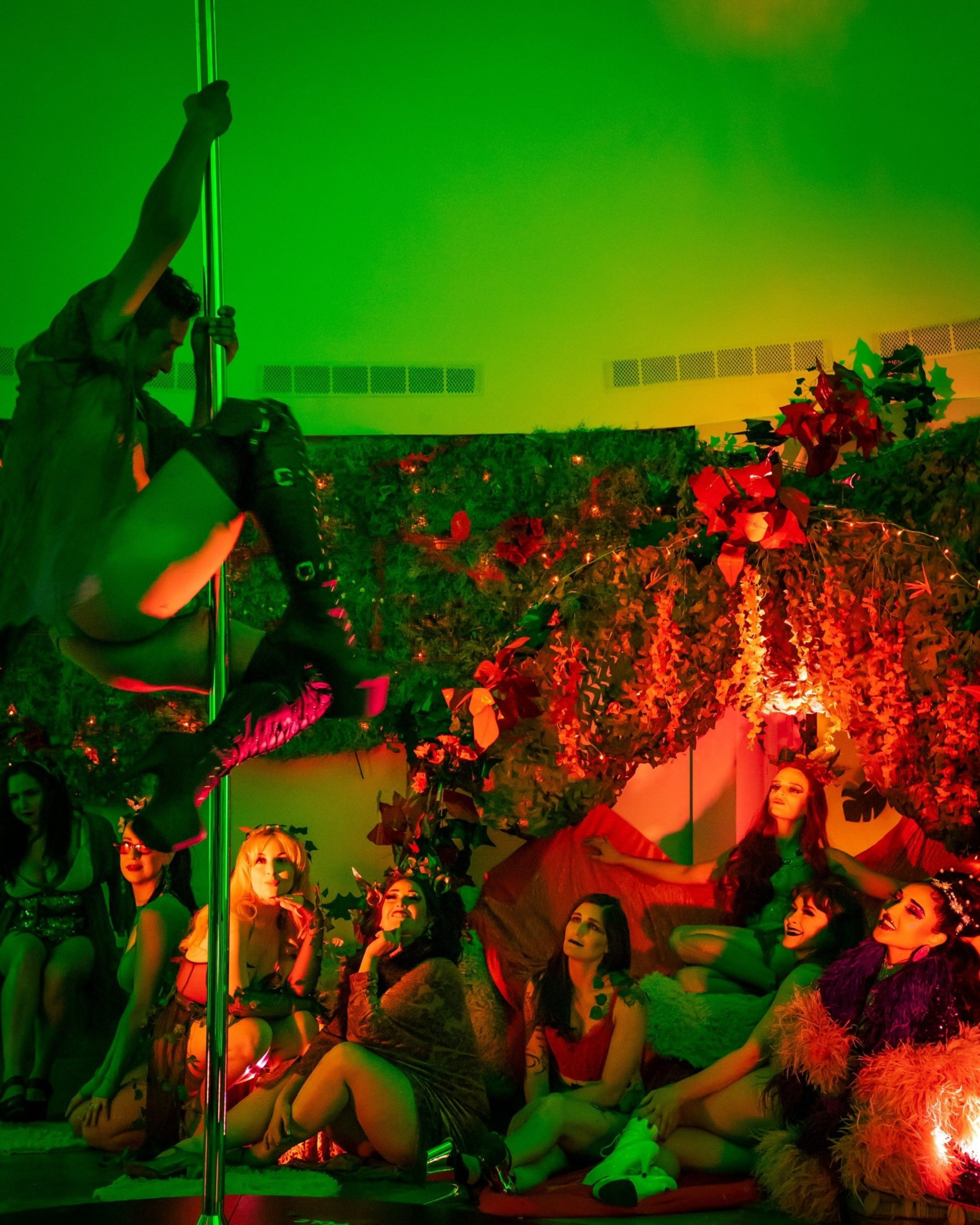
The Hibernia, a Beaux-Arts (opens in new tab) landmark at 1 Jones St. in SF’s Mid-Market neighborhood, has spent the last few years experimenting with new categories of bookings, including 2023’s over-the-top Gotham City-themed party (opens in new tab). While it still hosts a more traditional slate of events—including weddings, charity galas and corporate take-overs—it’s increasingly embracing immersive art, live performances, and electronic dance music.
For Daniel Sherman, who threw the aforementioned bash, the space’s versatility—from the “grandiosity” of its main floor to the “dark vault systems” downstairs—makes it a perfect canvas for the city’s art scene.
“From the moment that we walked in we were teeming with ideas,” he said.

The Hibernia, which completed a multi-million-dollar renovation in the mid-2010s, had just pivoted away from renting out space to tenants and had started shopping itself around for events when Covid hit.
Now, as San Francisco struggles to pull itself out of its post-pandemic malaise, the Hibernia is mirroring downtown’s change of identity, wanting to be known not just for tech events, but as a venue for art and music.
In the past two years, it has hosted scores of local DJs and performers in its lower level, as well as two major shows from electronic musicians Honey Dijon and Bonobo, who performed their sets on the main floor under the Hibernia’s Tiffany stained-glass ceilings. Later this year, the venue will launch an EDM residency that includes 14 performances over six weeks.
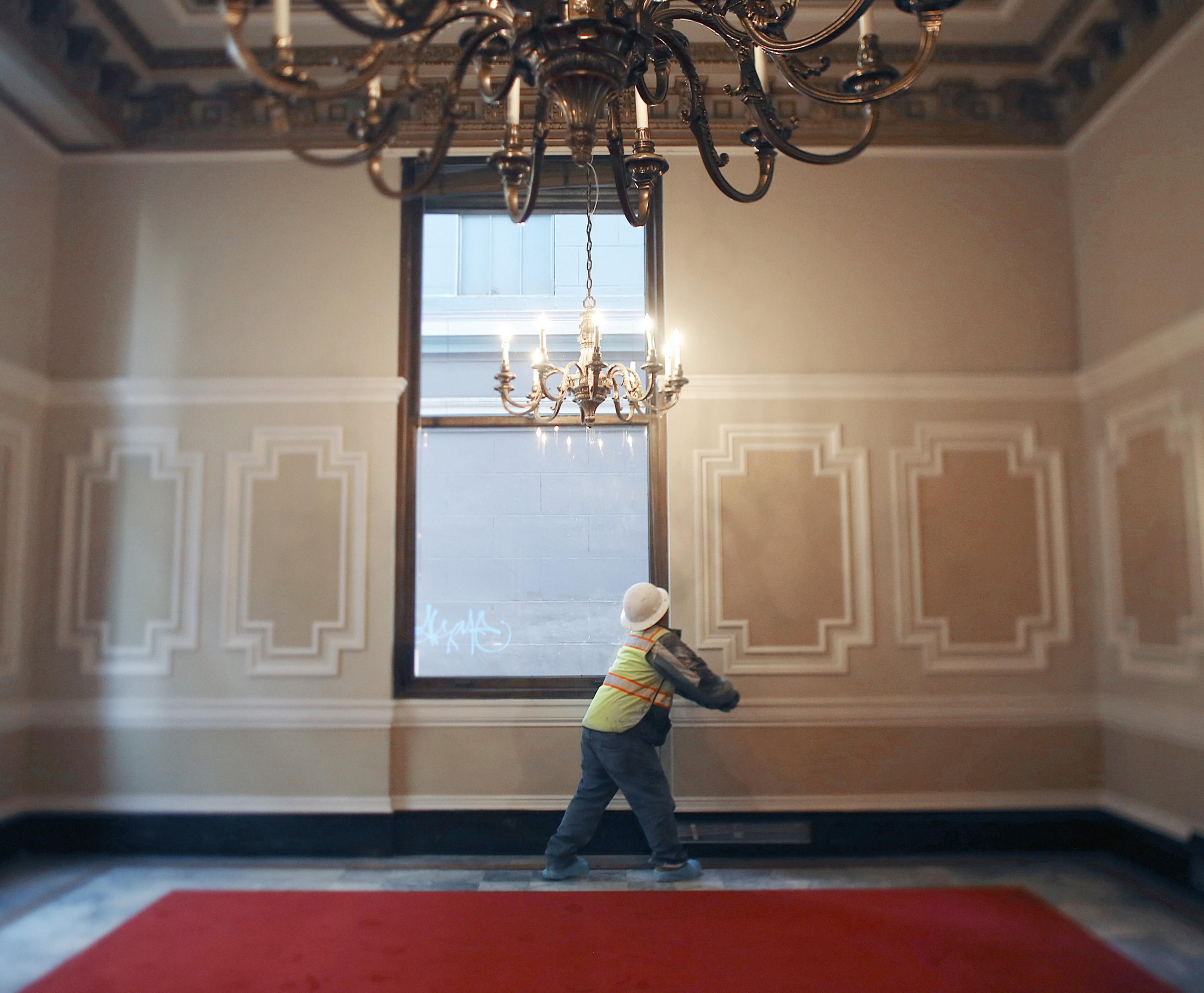

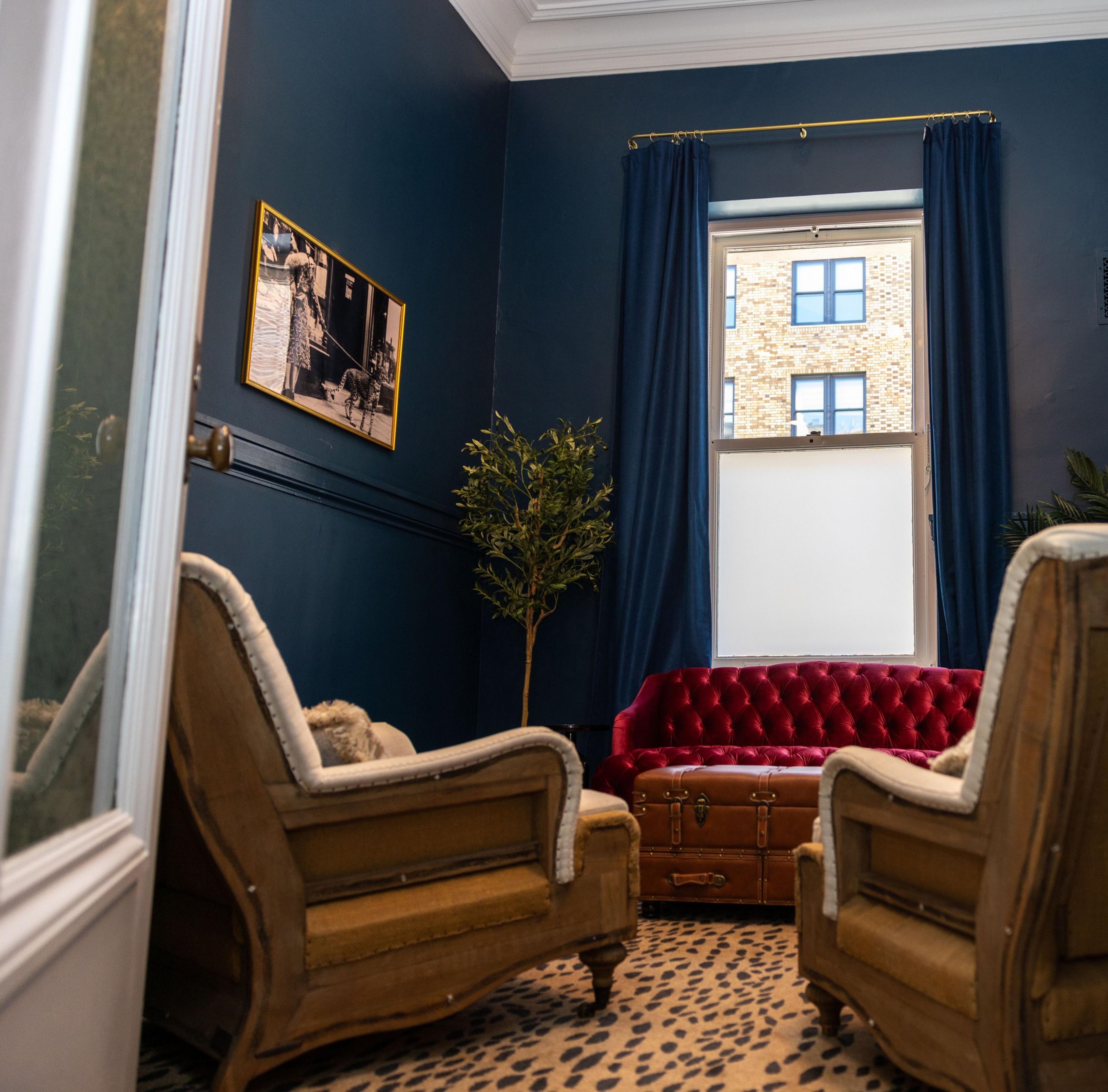
As opposed to the underground dingy warehouses (or caves) that stereotypically play host to hip DJ sets, the Hibernia offers a luxe taste of old-school San Francisco and plenty of restroom facilities.
“We never thought that we’d be on this path, but the excitement is pretty crazy,” said Terry Lim, chief revenue officer at the Hibernia. “Coming off the back of Covid, you have to think outside the box. And now we feel like we’re in the middle of it.”
But in a city better known for boxing itself in, the intractable question remains: Can San Francisco and venues like Hibernia overcome the substantial barriers keeping them from actually being cool?
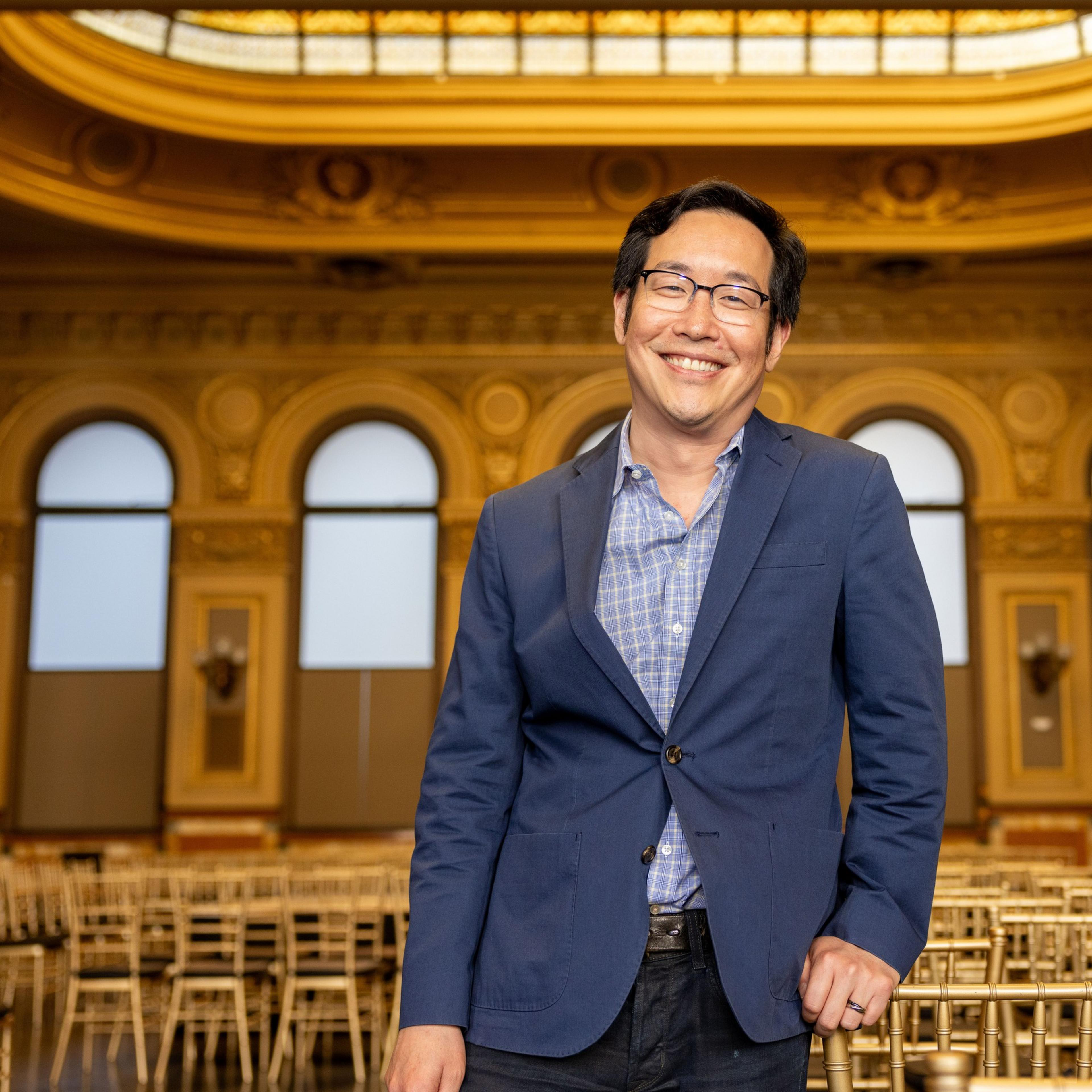
The cost conundrum
The Hibernia has four floors, each with its own distinct vibe, from its brick-and-metal basement to a penthouse roofdeck strung with fairy lights. Clients can rent out one section or the entire building, with capacities ranging from as few as about 100 people, to 800 throughout the downstairs dance floor, to 2,000 for the entire building.
“Every floor has a totally different feel,” said Lim. “Once you come in here you fall in love.”
The Hibernia’s immersion into the EDM space started in earnest when it began renting out its basement to a local group of promoters called Rinsed SF (opens in new tab), which lured crowds with the promise of eclectic DJs and the irresistible pitch to “party in a 100-year-old underground bank vault.”
The success of those events led to connections with other promoters and bigger acts. DJ Dials (opens in new tab) and 15Utah (opens in new tab), promoters that run a wide range of events throughout the Bay, worked with Hibernia to bring in Honey Dijon last winter and Bonobo last month, with both shows selling out. Part of the appeal for artists, they said, is getting to perform in a unique, non-traditional space.
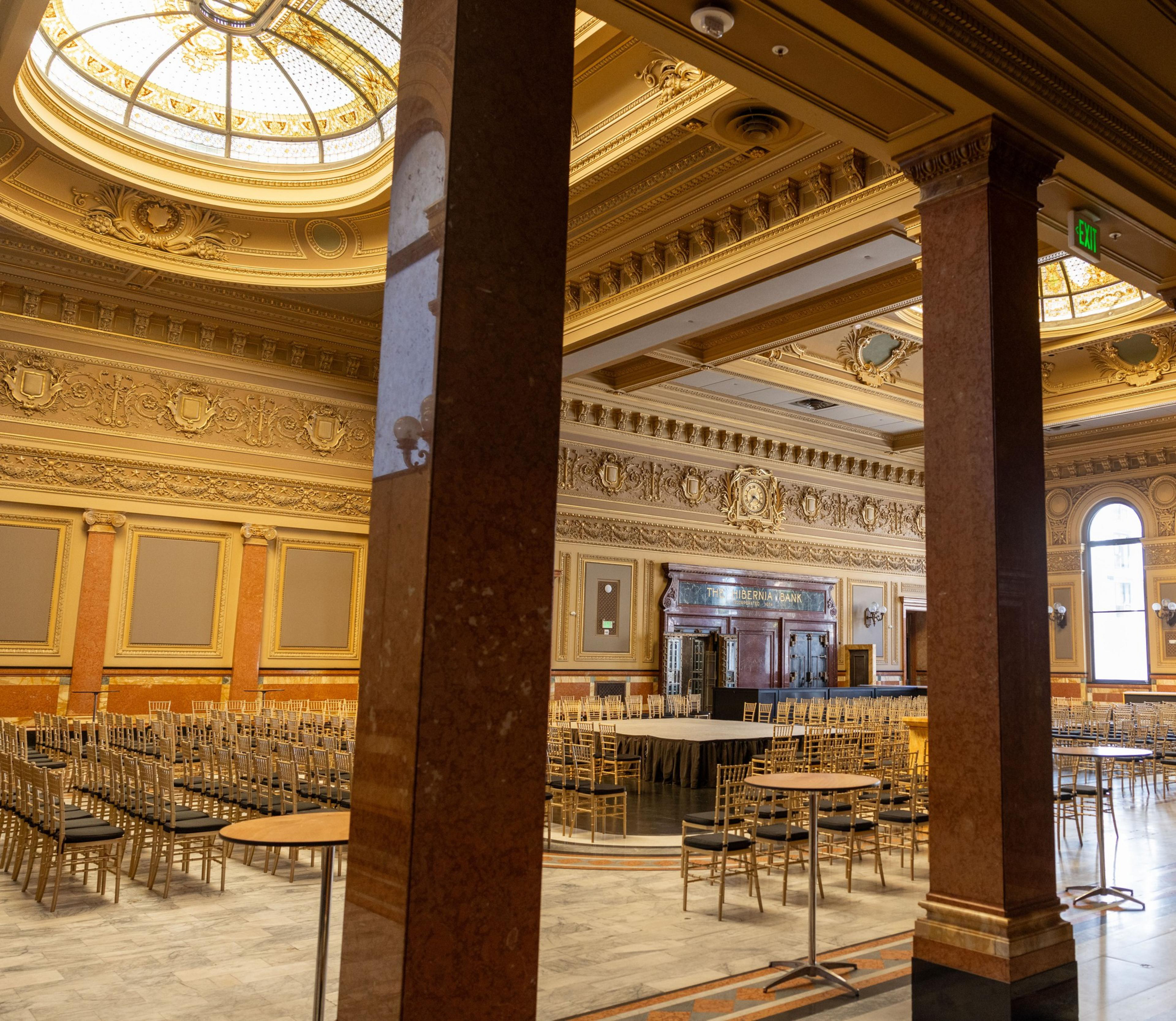
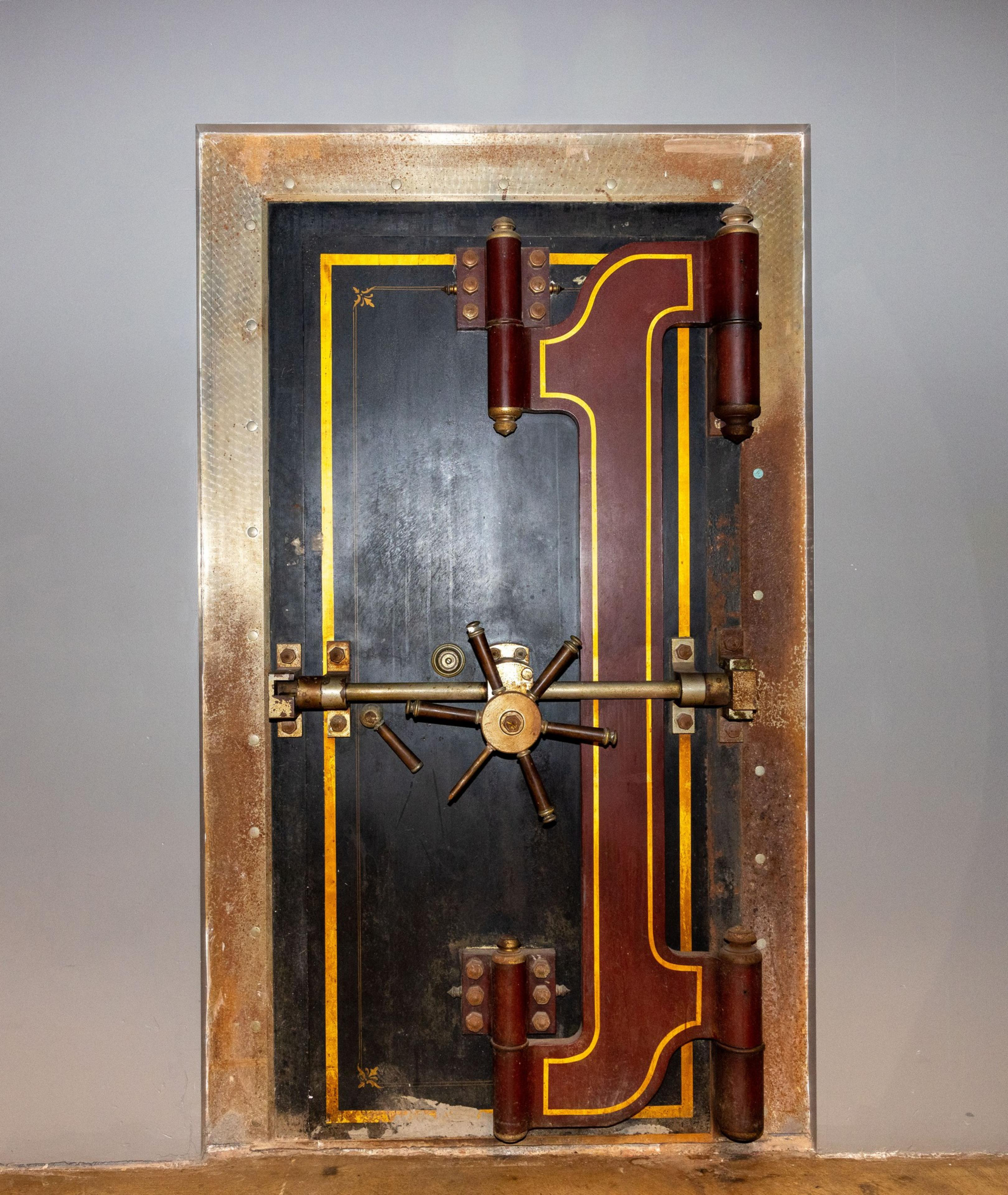
“This is a storied artist that has been playing sold-out rooms in San Francisco for 15, 20 years, and he wanted to come and play open-to-close in a fucking bank in the middle of the Tenderloin,” DJ Dials aka Noah Bennett said of Bonobo.
Admittedly, some of the Hibernia’s charms also make it difficult to throw raves there. Its marble walls and high ceilings present acoustic challenges and, frankly, the space is expensive, said 15Utah’s Carey Kopp.
“If we could do something every week, we would be,” he said. “But it’s not financially sustainable.”
The duo said that they plan to host more events at the Hibernia in the future but have struggled with ticket pricing and trying to make shows inclusive, given the costs.
As of now, they see the space as mainly catering to corporate entities, who can afford the sky-high fees and don’t have to worry about ticket sales.
Sherman, too, said that he dreams of throwing future Hibernia events, but that it’s difficult to make his ideas viable, given the costs and people’s sluggishness to get back into nightlife. The show promoters agreed that running events has been more of a struggle post-pandemic, and urged people to support the grassroots arts that everyone says the city so desperately needs.
“Unless we can retrain San Francisco audiences to buy tickets ahead of time and show up for these events, or unless we can get the city to help out more with the arts, there are just so many barriers to entry,” Sherman said.



The Hibernia’s owners, meanwhile, argue that it tries to offer artists and creatives a good price as it works to diversify its offerings—and ultimately tries to book more events to keep the building from sitting dark. For example, it’s hosting a symphony pianist later this month and is in talks to bring a Cirque du Soliel show to the venue in 2025.
“While our bread and butter is weddings and corporates, EDM and live music operate on a different schedule,” said Lim. Companies host their events during the week and San Francisco weddings typically take place in the fall, leaving the weekends open for this kind of nightlife: “In terms of other revenue streams, it makes perfect sense.”
Ultimately, the Hibernia sees itself as a case study in how the city needs to think creatively and focus on adaptability as a key to long-term survival.
“We’re in the neighborhood that gets bashed every day of the week and we’re still here and standing,” Lim said. “We’re bringing 2,000 people to an event in Mid-Market. This place is like an argument against the doom loop.”

